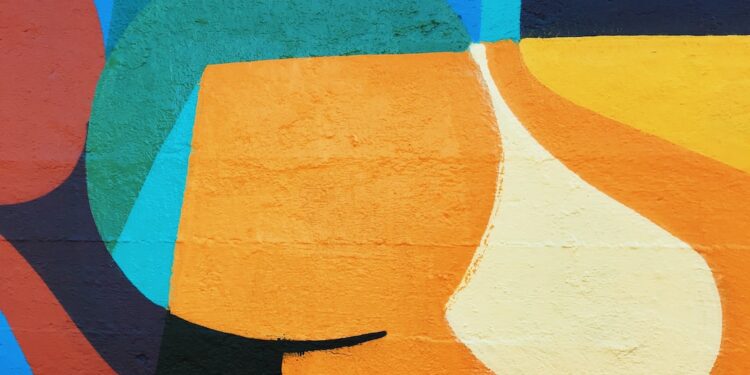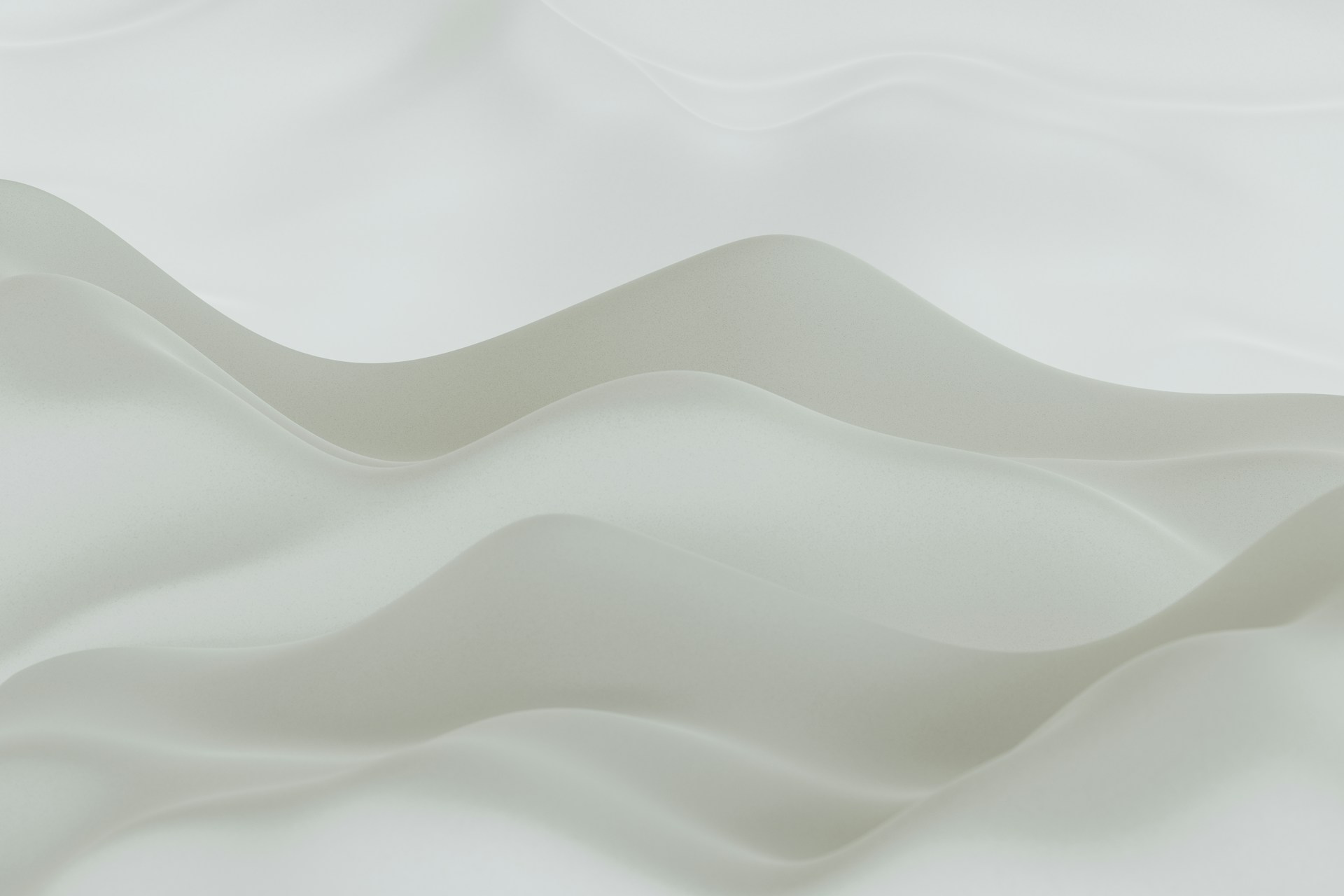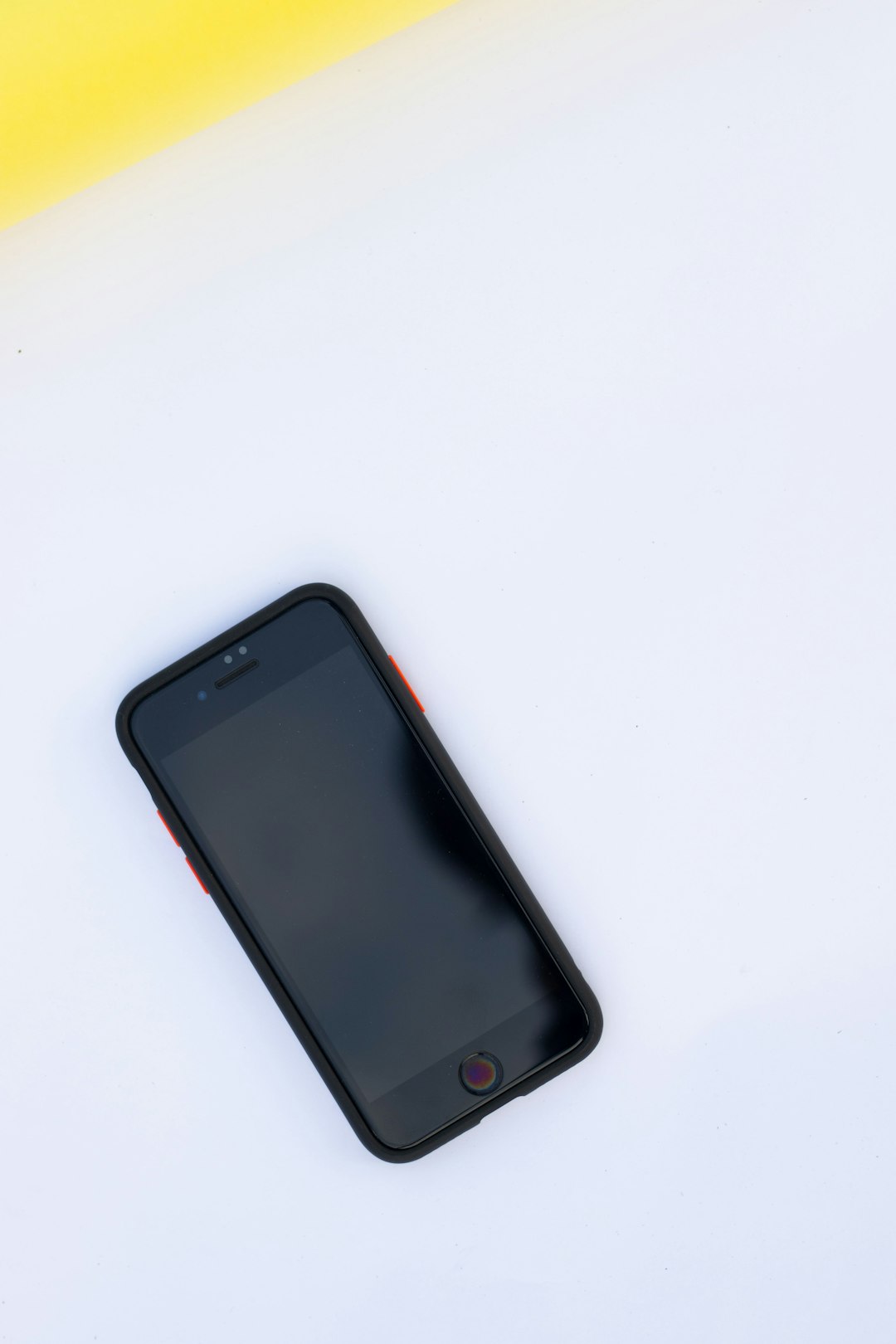Islamic geometric design is a remarkable form of art that has captured the attention of many people for centuries. It is a distinctive form of art that features intricate designs created using a compass, ruler, and a pen. The geometric patterns have been a major aspect of Islamic art and architecture, and they are appreciated for their beauty, complexity, and functionality. They are found in many mosques, madrasas, palaces, and other structures of Islamic origin. In this article, we will explore the beauty of Islamic geometric design.
Islamic geometric design has been used for several purposes throughout history. It is used to decorate buildings, enhance architectural features, and beautify objects from pottery to textiles. The designs are also used to create complex mathematical concepts and convey religious messages. Islamic geometric design is known to be based on mathematical principles, which is why there is always symmetry and balance in the designs. The patterns are formed from simple shapes like circles, squares, and triangles that are then arranged in a symmetrical and intricate manner.
One of the most fascinating aspects of Islamic geometric design is its versatility. The design patterns can be scaled up or down to fit in any space or on any object. From the smallest designs on ceramic tiles to the largest on mosque domes or ceilings, Islamic geometric designs are breathtaking. In architecture, surfaces featuring Islamic geometric design are not only beautiful but also functional as they help to distribute light, create shadow effects, and provide ventilation.
Islamic geometric design also plays an important role in Islamic art. The designs are used to create stunning book covers, prayer mats, and rugs, among other objects. The beauty and complexity of the designs add an extra layer of significance to these objects, making them special and valuable. The designs often have symbolic meanings, with each shape and pattern reflecting different facets of Islamic culture and theology.
Moreover, Islamic geometric design also has therapeutic benefits. Researchers have shown that coloring and drawing Islamic geometric designs can help in reducing stress and anxiety. Drawing the intricate patterns requires a lot of concentration and focus, which can calm the mind and improve mental health.
In conclusion, Islamic geometric design is a beautiful and unique form of art that has been appreciated for centuries. The symmetrical and intricate patterns have played important roles in Islamic architecture, aesthetics, and cultural expression. The designs are versatile, with applications ranging from architecture to textiles and even to mental well-being. The beauty of Islamic geometric design continues to enthrall and captivate people of all backgrounds, making it a timeless and enduring form of art.














